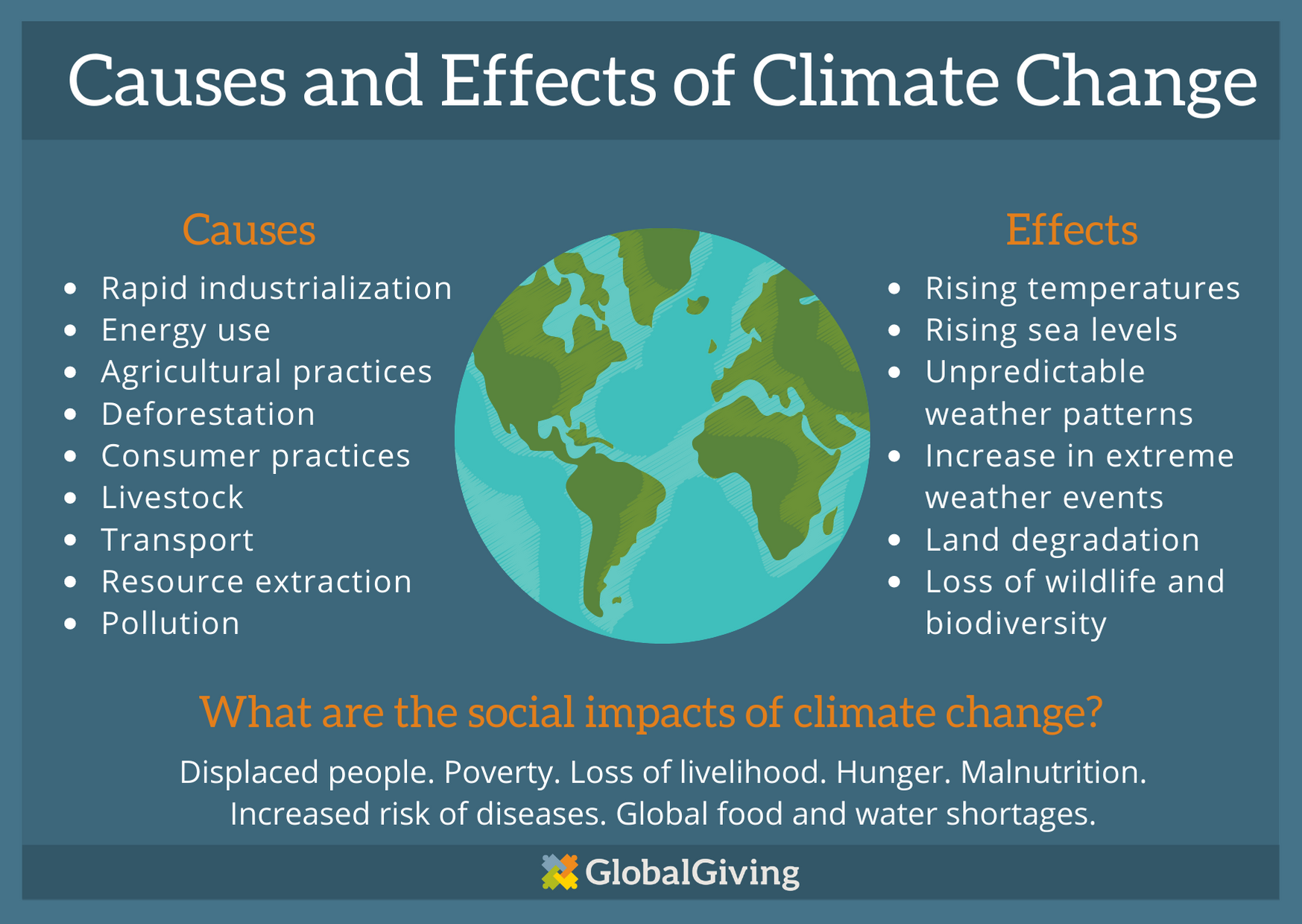Introduction
India, with its vast geographical and climatic diversity, is particularly vulnerable to the effects of climate change. From rising temperatures and changing monsoon patterns to more frequent extreme weather events, the consequences of climate change are being felt across the country. In this blog post, we will explore the local and regional perspectives of climate change impacts in India and examine the ways in which communities are adapting and mitigating these challenges.
- Changing Monsoon Patterns
One of the most significant and immediate impacts of climate change in India is the alteration of monsoon patterns. The monsoon season is crucial for the country’s agricultural sector, as it provides water for crops. However, climate change has led to irregular and unpredictable monsoon patterns, with some regions experiencing excessive rainfall while others face droughts. This inconsistency in rainfall has a direct impact on crop yields, food security, and the livelihoods of millions of farmers.
- Rising Temperatures and Heatwaves
India has been experiencing an increase in average temperatures over the years. This rise in temperature has led to more frequent and severe heatwaves, particularly in urban areas. Heatwaves can have devastating consequences on human health, leading to heat-related illnesses and even fatalities. Vulnerable populations, such as the elderly and those living in poverty, are at a higher risk during extreme heat events.
- Coastal Vulnerability
With a long coastline along the Arabian Sea and the Bay of Bengal, India’s coastal regions are highly vulnerable to the impacts of climate change. Rising sea levels and more intense cyclones pose a significant threat to coastal communities. The erosion of coastlines, salinity intrusion into freshwater sources, and the displacement of people from low-lying areas are some of the challenges faced by these regions.
- Glacial Retreat in the Himalayas
The Himalayan mountain range in northern India is home to thousands of glaciers that feed major rivers like the Ganges, Brahmaputra, and Indus. However, these glaciers are rapidly retreating due to rising temperatures, leading to reduced water flow in the rivers. This has serious implications for both water availability and the ecosystems that depend on these rivers.
- Impact on Biodiversity
India boasts a rich and diverse range of flora and fauna, but climate change is disrupting ecosystems and threatening biodiversity. Species are struggling to adapt to changing conditions, and some are at risk of extinction. The loss of biodiversity not only affects the natural environment but also has cascading effects on agriculture, fisheries, and human well-being.
Adaptation and Mitigation Efforts
While the challenges posed by climate change in India are significant, there are also ongoing efforts to adapt to and mitigate its impacts. These efforts involve a combination of government policies, community initiatives, and technological innovations.
- Sustainable Agriculture Practices
Farmers across India are adopting sustainable agriculture practices such as crop diversification, efficient water management, and organic farming. These practices not only reduce greenhouse gas emissions but also enhance the resilience of agriculture to climate change.
- Renewable Energy Transition
India has been making strides in transitioning to renewable energy sources such as solar and wind power. These initiatives reduce the country’s reliance on fossil fuels, decrease greenhouse gas emissions, and promote a cleaner and more sustainable energy future.
- Disaster Preparedness and Response
Given the increasing frequency of extreme weather events, disaster preparedness and response mechanisms are being strengthened. Early warning systems and evacuation plans are being developed to protect vulnerable communities from cyclones, floods, and heatwaves.
- Reforestation and Conservation Efforts
Efforts to restore and conserve forests and natural habitats are underway to protect biodiversity and sequester carbon. Initiatives like afforestation and the restoration of degraded ecosystems play a crucial role in climate change mitigation.
Conclusion
Climate change is a global challenge that affects countries and regions differently. In India, the impacts of climate change are complex and varied, impacting everything from agriculture and water resources to human health and biodiversity. However, there is hope in the form of adaptation and mitigation efforts that are already underway. By adopting sustainable practices, transitioning to clean energy, and implementing effective policies, India is working towards a more resilient and climate-resilient future. It is crucial that these efforts continue and are scaled up to address the growing challenges of climate change in the region. Only through collective action can India and the world hope to mitigate the worst impacts of climate change and protect the planet for future generations.





